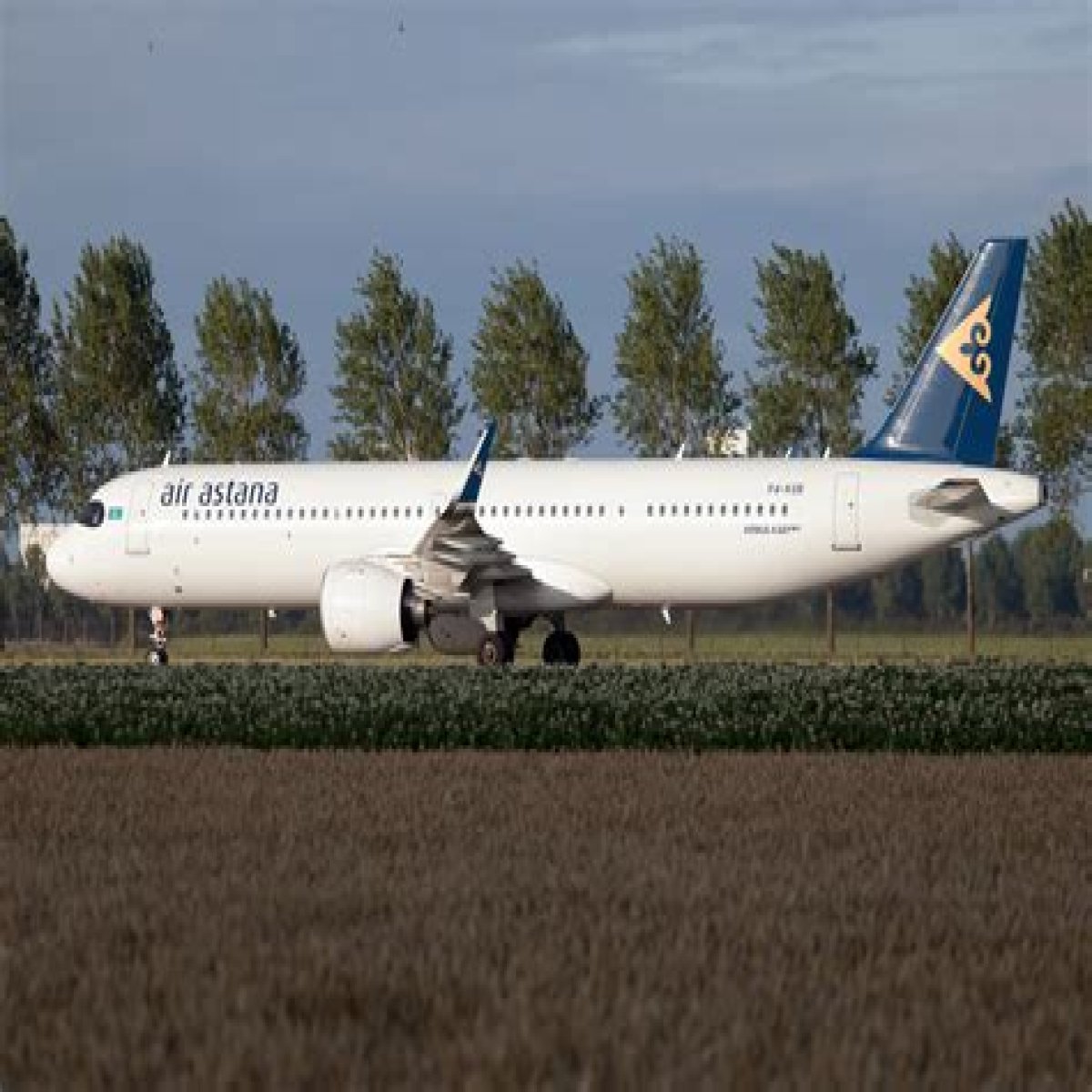In the realm of aviation, few milestones are as significant as the establishment of a national airline. In 2004, Kazakhstan witnessed the birth of Air Astana, a carrier that would not only connect its vast territory but also bridge the nation to the global aviation landscape. With a vision to offer world-class service, Air Astana quickly carved a niche for itself, becoming a symbol of national pride and progress. The airline's inception marked a turning point in Kazakhstan's aviation history, as it emerged from the shadow of the Soviet era to embrace a future of independence and innovation. This article delves into the story of Air Astana, its growth, challenges, and contributions to the aviation industry since its inception.
The journey of Air Astana is a story of resilience and ambition. Launched in a country rich in culture and resources, the airline faced several hurdles, including establishing a modern fleet and ensuring the safety and comfort of its passengers. Over the years, Air Astana has not only expanded its domestic and international routes but has also garnered numerous awards for its service quality, making it one of the most respected airlines in the region. As we explore the legacy of Air Astana in 2004, we will uncover the factors that led to its success and the impact it has had on the aviation sector in Kazakhstan and beyond.
As we navigate through the history and development of Air Astana, we will address the key questions surrounding its inception, growth strategies, and the role it plays in enhancing Kazakhstan's connectivity with the world. What were the motivations behind the establishment of Air Astana in 2004? How has it evolved to meet the demands of modern travelers? Join us as we embark on this journey through time to understand the significance of Air Astana and its contributions to the world of aviation.
What Was the Vision Behind Air Astana in 2004?
Air Astana was founded with a clear vision: to create a reliable and efficient airline that would serve the needs of the people of Kazakhstan. The primary goals included:
- Establishing a modern fleet with the latest technology.
- Providing high-quality service to passengers.
- Connecting Kazakhstan to major international destinations.
- Boosting the country's tourism and trade sectors.
How Did Air Astana Establish Its Identity?
From its inception, Air Astana focused on building a strong brand identity that resonated with both domestic and international travelers. The airline's branding strategy included:
- A logo that symbolizes the spirit of Kazakhstan.
- Marketing campaigns that highlight the country's culture and hospitality.
- Partnerships with global airlines to enhance connectivity.
What Challenges Did Air Astana Face in Its Early Years?
Establishing a new airline in 2004 was not without its challenges. Some of the obstacles included:
- Competing with established airlines in the region.
- Navigating regulatory frameworks and safety standards.
- Building a loyal customer base amidst skepticism.
What Innovations Did Air Astana Introduce Over the Years?
Air Astana has continually embraced innovation to enhance the passenger experience. Some key innovations include:
- Implementation of a state-of-the-art booking system.
- Introduction of in-flight entertainment and Wi-Fi services.
- Adoption of sustainable aviation practices.
How Has Air Astana Contributed to Kazakhstan's Tourism?
As a national carrier, Air Astana plays a vital role in promoting tourism in Kazakhstan. The airline's contributions include:
- Connecting major cities to international tourist destinations.
- Offering competitive pricing to attract travelers.
- Collaborating with local tourism boards to promote cultural events.
What Awards and Recognition Has Air Astana Received?
Over the years, Air Astana has received numerous accolades for its service quality and operational excellence. Some notable awards include:
- Skytrax World Airline Awards for Best Airline in Central Asia.
- Recognition for outstanding customer service.
- Certifications for safety and operational performance.
What Does the Future Hold for Air Astana?
As Air Astana looks to the future, the airline is committed to continuing its growth trajectory. Plans for the future include:
- Expanding its fleet with newer aircraft models.
- Increasing the number of international routes.
- Enhancing customer service through training and technology.
How Can Travelers Benefit from Air Astana's Services?
Travelers can enjoy a range of benefits when flying with Air Astana, such as:
- Comfortable seating and modern amenities.
- Frequent flyer programs that reward loyal customers.
- Access to exclusive travel deals and promotions.
Conclusion: The Legacy of Air Astana 2004
In conclusion, Air Astana's journey since its inception in 2004 is a testament to the airline's commitment to excellence and innovation in the aviation industry. With a focus on quality service, operational efficiency, and connectivity, Air Astana has not only transformed air travel in Kazakhstan but has also positioned itself as a key player in the global aviation landscape. As the airline continues to evolve, it remains dedicated to serving its passengers and contributing to the growth of Kazakhstan's economy and tourism sector.
Unveiling The Age Of Alina Habba: How Old Is She Really?Ava Eliot: A Rising Star In The World Of EntertainmentAubry Wyatt: A Life Remembered And The Tragic Circumstances Of Suicide
